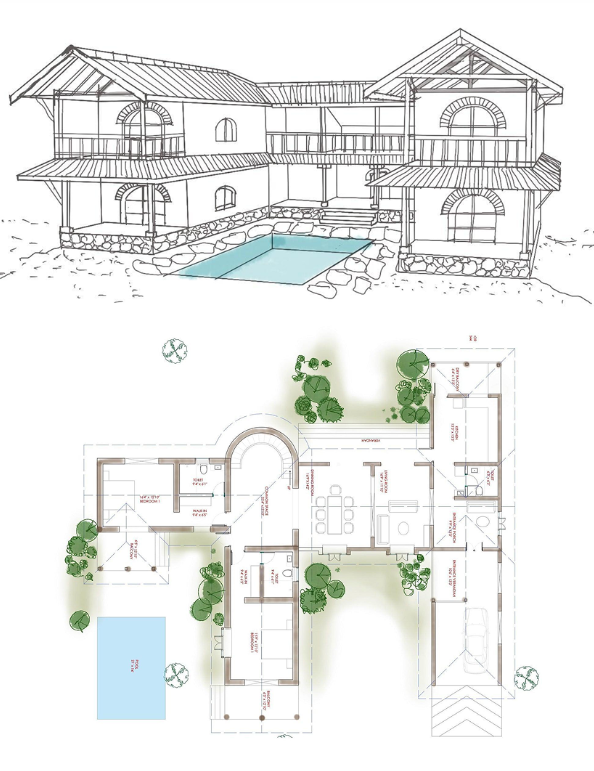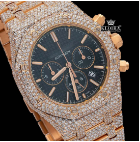Foldable smartphones have quickly moved from futuristic concepts to mainstream reality. Their cutting-edge design, dual-display flexibility, and premium appeal make them a favorite among tech enthusiasts. However, due to their high retail price, many buyers now prefer to purchase refurbished models. This allows users to enjoy flagship-level innovation at a more affordable cost — but only if they inspect the device properly before purchase.
Whether you’re considering a Refurbished Samsung Galaxy Z Fold 6 5G, a compact Refurbished Samsung Galaxy Z Flip 5 5G, or even the latest Refurbished Samsung Galaxy Z Flip 6 5G, careful evaluation is essential to ensure long-term satisfaction and value for money. Foldable phones have unique moving parts and flexible displays, which means that inspection standards differ from standard smartphones.
Here’s a comprehensive guide on what to check before buying a refurbished foldable device.
1. Examine the Hinge Mechanism – The Heart of Every Foldable
The hinge is the most crucial component of any foldable smartphone. Unlike regular phones, foldables rely on a mechanical system that must endure thousands of folds daily.
When inspecting a device:
-
Open and close the foldable slowly — there should be no creaks, stiffness, or looseness.
-
Test it at multiple angles — it should hold its position without snapping shut or flopping open.
-
Check for dust buildup or metal grinding noises.
A damaged or loose hinge can significantly reduce the device’s lifespan. If the hinge doesn’t feel reliable, it’s better to walk away.
2. Inspect the Inner Foldable Display for Creases or Dead Pixels
Most foldables have a main internal display and a secondary outer display. Start by opening the phone fully and turning on a solid color background to spot any imperfections.
Look for:
-
Deep creases that are visible beyond the natural folding line.
-
Discoloration or pressure marks on the folding area.
-
Touch sensitivity across the entire screen — swipe across the crease to ensure smooth responsiveness.
-
Dead or stuck pixels, especially near the fold.
Minor lines along the hinge fold are normal in refurbished devices, but anything that affects visual clarity or touch accuracy should not be ignored.
3. Check for Frame and Body Integrity
Premium foldables often come with aluminum or glass bodies, making them prone to dents or cracks if mishandled.
Make sure to:
-
Inspect corners and edges under good light.
-
Check for scratches around the hinge and camera module.
-
Ensure that the outer display and back panel are intact.
Even if cosmetic flaws don’t affect performance, they may indicate past drops — which could lead to internal damage.
4. Test All Functional Buttons and Sensors
A foldable smartphone has more sensors than a regular phone due to its dual-screen nature.
Confirm the working condition of:
-
Power and volume buttons
-
Fingerprint scanner (side or under-display)
-
Proximity and gyro sensors
-
Accelerometer while switching between folded and unfolded mode
-
Face unlock and camera sensors
Switching modes should feel instant and seamless, without glitches.
5. Verify Battery Health and Charging Speed
Foldables are power-hungry devices due to their large displays. Refurbished units may have undergone multiple charging cycles, so battery health is crucial.
To evaluate:
-
Charge the phone from 20% to 80% — note if it charges at normal speed.
-
Monitor battery drain while using both outer and inner displays.
-
Check for overheating, especially near the hinge or processor area.
A healthy refurbished unit should deliver a full day’s use without excessive drain.
6. Camera Quality – Front, Rear, and Under-Display
Foldable phones usually come with multiple camera configurations, sometimes including under-display cameras. Test each one:
-
Open the camera app and test all lenses individually.
-
Check for focus issues, camera lag, or hazy images.
-
Record video to confirm stabilization performance.
Many refurbished devices pass basic checks but may have subtle lens scratches that impact low-light photography — so be thorough.
7. Software Stability and Fold Optimization
Foldable phones rely heavily on software optimization to transition between display modes smoothly.
Test:
-
App continuity — open an app on the outer screen and unfold to see if it continues seamlessly.
-
Use split-screen or multitasking features to ensure fluid animations.
-
Confirm that all system updates are available and no third-party modifications exist.
Avoid devices with custom ROMs or rooted firmware, as they may affect future updates and stability.
8. Warranty and Return Policy – Don’t Compromise
One of the biggest advantages of certified refurbished devices is warranty support. Even if a foldable phone looks flawless, internal issues can appear later — especially in complex mechanisms like hinges.
Always choose a seller offering:
-
Minimum 6-month warranty
-
Return or replacement policy
-
Transparent grading system (like “Like New” or “Zero Scratches”)
9. Compare Value Before You Buy
Before finalizing your purchase, compare refurbished phone prices across marketplaces. Some platforms provide additional benefits like buyback guarantees or EMI options.
If you’re looking to Buy Second Hand Samsung Phones in India, ensure that the platform specializes in premium models and offers verified inspection reports rather than generic claims.
Final Thoughts – Choose Smart, Inspect Smart
Buying a refurbished foldable smartphone is a great way to experience cutting-edge technology at a fraction of the price — but only if you approach it with a checklist-oriented mindset.



